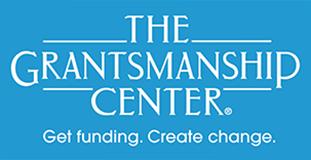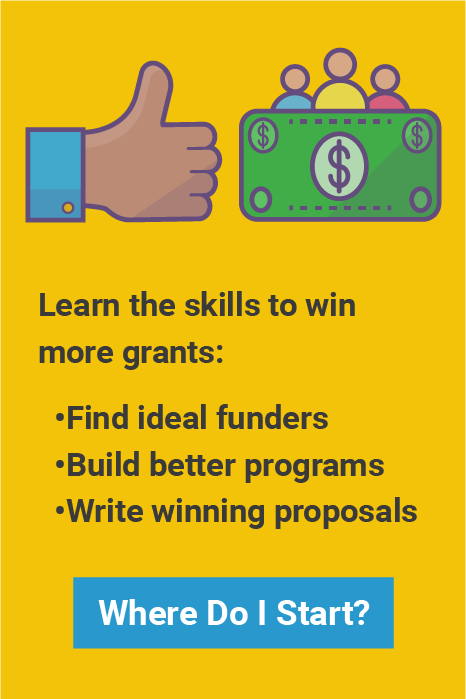
Seems simple: you prepare and submit a proposal asking for a grant to help support the afterschool program, you get an award letter and a check – then it turns out that you really need the funds to go toward a high school mentoring project that’s run out of money. Well, it’s education, right? Helping kids? Shouldn’t be a big deal?
It is a big deal when a nonprofit spends grant money on anything other than what the proposal described and what the funder assumed they were “buying.” It’s one thing to ask for modifications in a grant award (e.g. changes in timing or reporting), quite another to spend the money in a different way.
Some nonprofit revenue is “fungible”—that is, one dollar is the same as any other dollar and can be moved around to cover a variety of costs. Examples include most donations from individuals, who contribute to the organization but don’t really care how you spend it; income from the sales of merchandise; fees and other charges when you present a program.
Grants from foundations are not like that. The grant is intended for a certain program or purpose. It has definition and scope. It’s awarded to the nonprofit to bring about certain outcomes or results. These parameters are not mysterious—they’re the basis of the proposal you submitted to win the award in the first place.
This is yet another reason to coordinate the work of development team and the program staff. Nonprofit proposal writers are often cautioned to “make sure the budget and the proposal tell the same story.” It’s probably a good idea to walk through the proposal budget with program people, line by line, to be sure that (a) the proposal is asking for the right things, (b) with the proper dollar amounts attached, and (c) that those things will be the right things even some months in the future (when the money might actually arrive).
Once the proposal goes out the door and on its way to the prospective funder, it’s a commitment on the part of the organization that X, Y and Z will be done using funds from the donor. Nonprofits should avoid violating that commitment by spending the money on A, B and C.
Thomas Boyd is Chief Editorial Consultant for The Grantsmanship Center
and an independent consultant to nonprofit organizations.



